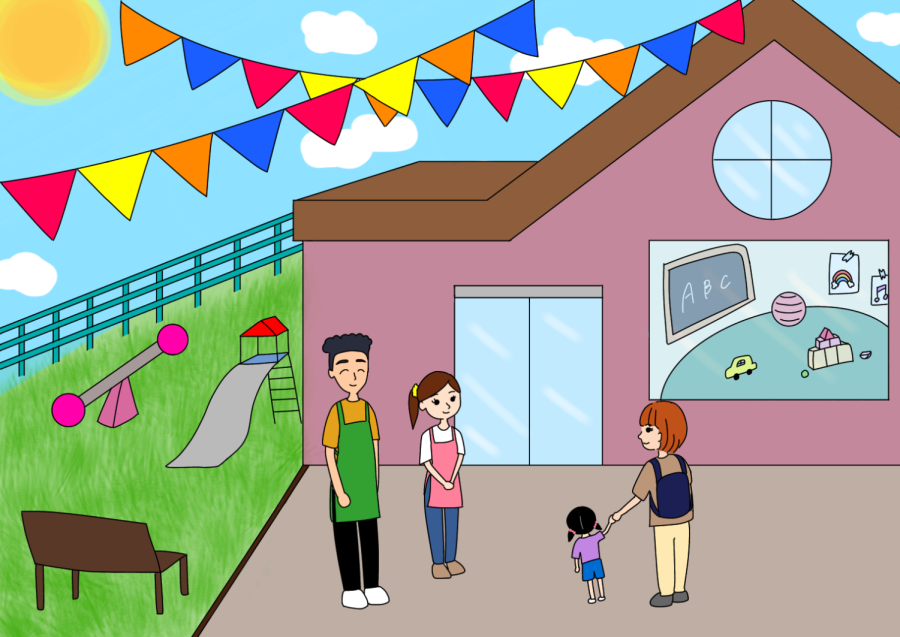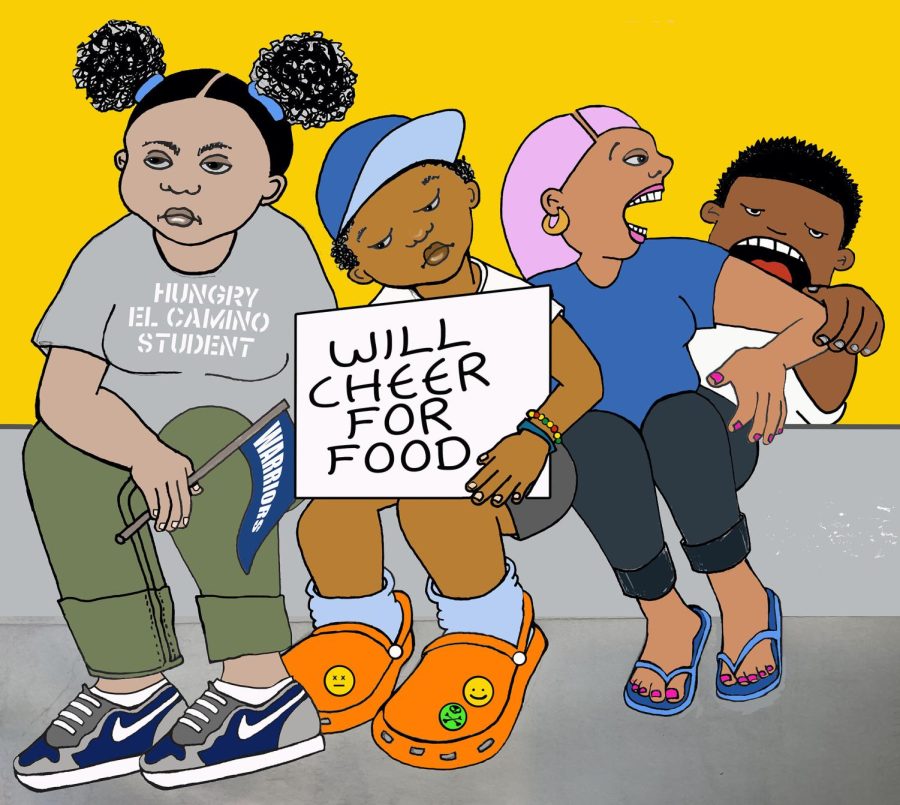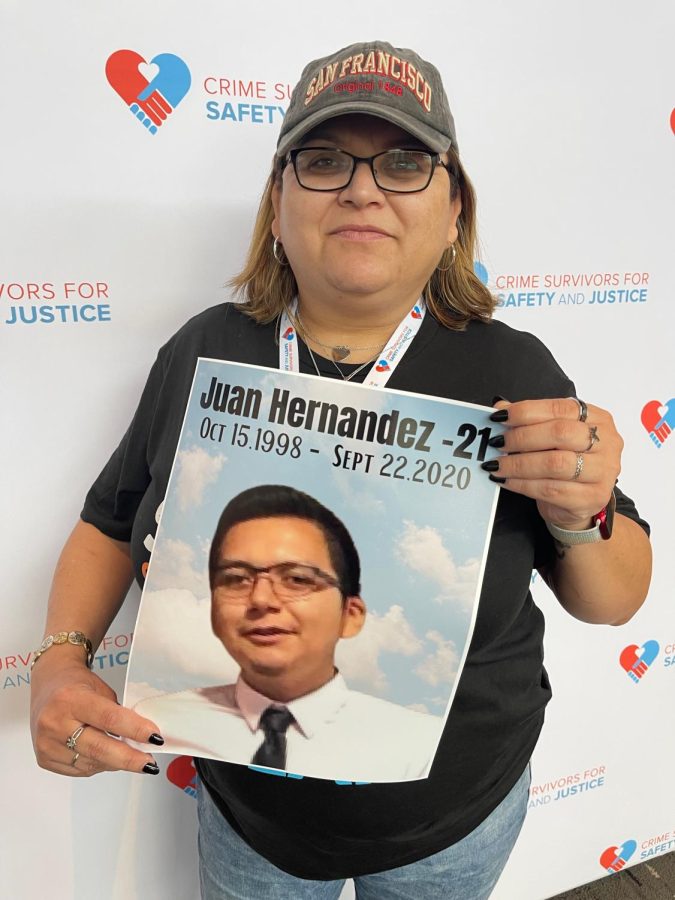Some artists create for aesthetic appeal, others create in order to intimately connect with others. Joyce Dallal believes that art is important because it teaches people how small things come together, like art and politics.
Dallal studied abroad in London in the ’70s.
“Some people believe you’re not supposed to mix art and politics,” Dallal said. “I did all kinds of things that pissed off the faculty.”
Dallal is a digital art and photography professor at EC who is a USC graduate and has a background in printmaking, painting and photography.
Dallal’s piece, “Descent” is part of an exhibit entitled “Flight” and will be on display until Saturday in the visitor’s lobby at the U.N. in New York. The exhibit focuses on the effects war has on a population.
Dallal said her inspiration for the exhibit came from this quote by John Patrick Hanley where he says that, ‘In the run up to the 2003 Iraq invasion.I watched with an ache in my chest, a familiar feeling of oppression, devoid of words.”
“The quote amazed me when I read it. This mute anguish is familiar to me. It is the beginning of a new work,” Dallal said.
Coming from an Iraqi-Jewish background, Dallal was raised in the Midwest until the age of 10 when she moved with her family to Los Angeles.
“(My parents) tried very hard to be American, they only spoke English,” Dallal said. “They knew they wouldn’t go back to Iraq because they were Jewish.”
Her parents’ disconnection from their past plays a big role in the creation of her art, she said.
“I like how it relates to other people and other immigrant stories, as well as my own,” Dallal said.
Dallal’s pieces often correlate to issues of war and the Middle East since that is a society so deeply entrenched in the media, she said.
EC’s art club, 3D design class, and sculpture class, in addition to four hired art students, helped Dallal in creating “Descent.”
“Descent” is a sculptural piece, which is made up of hundreds of folded paper airplanes suspended from the ceiling with wire in a flight formation.
On the paper airplanes are the printed 3rd and 4th Geneva Conventions. The 3rd convention lists the rights of prisoners of war. The 4th convention aims to protect civilians’s rights during the war.
“We are not accustomed to having sculptural pieces here, so it makes people curious,” Liza Wichmann, U.N. exhibitions director, said.
Pleased to show her pieces in a non-traditional place, Dallal is honored to have her piece at the U.N.
“It gets a huge audience coming from all over the world and all walks of life,” she said.







